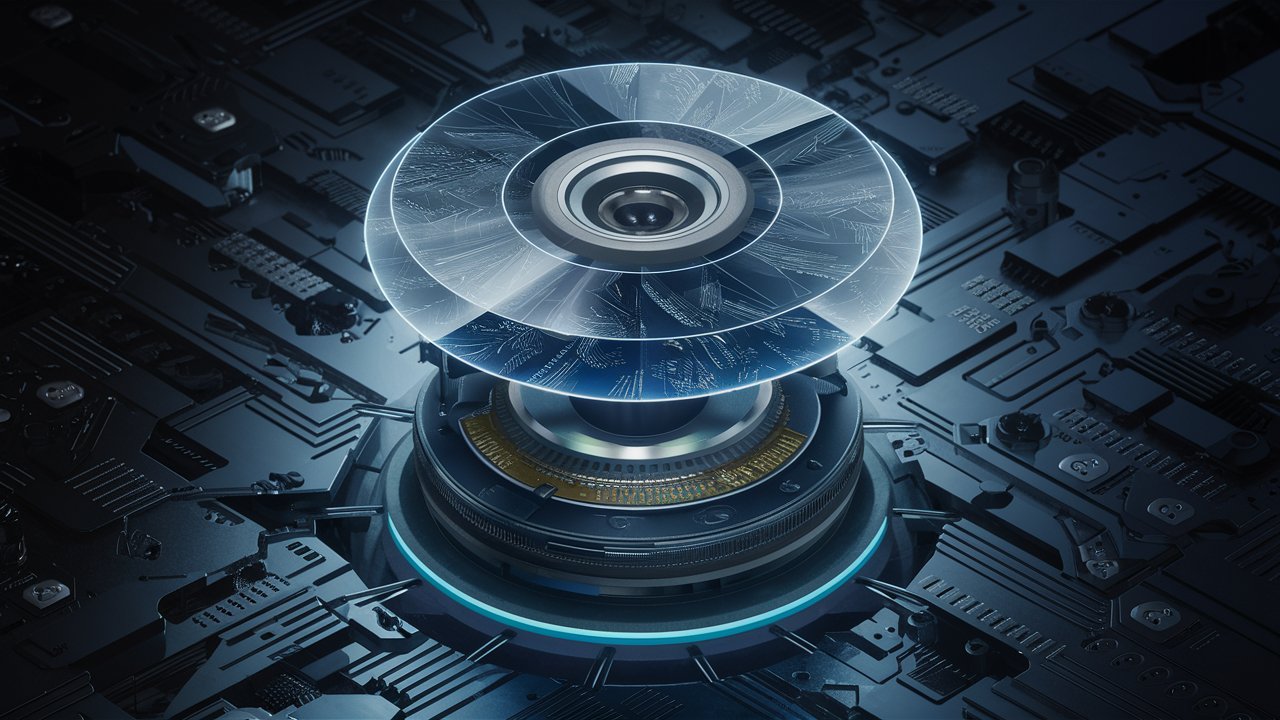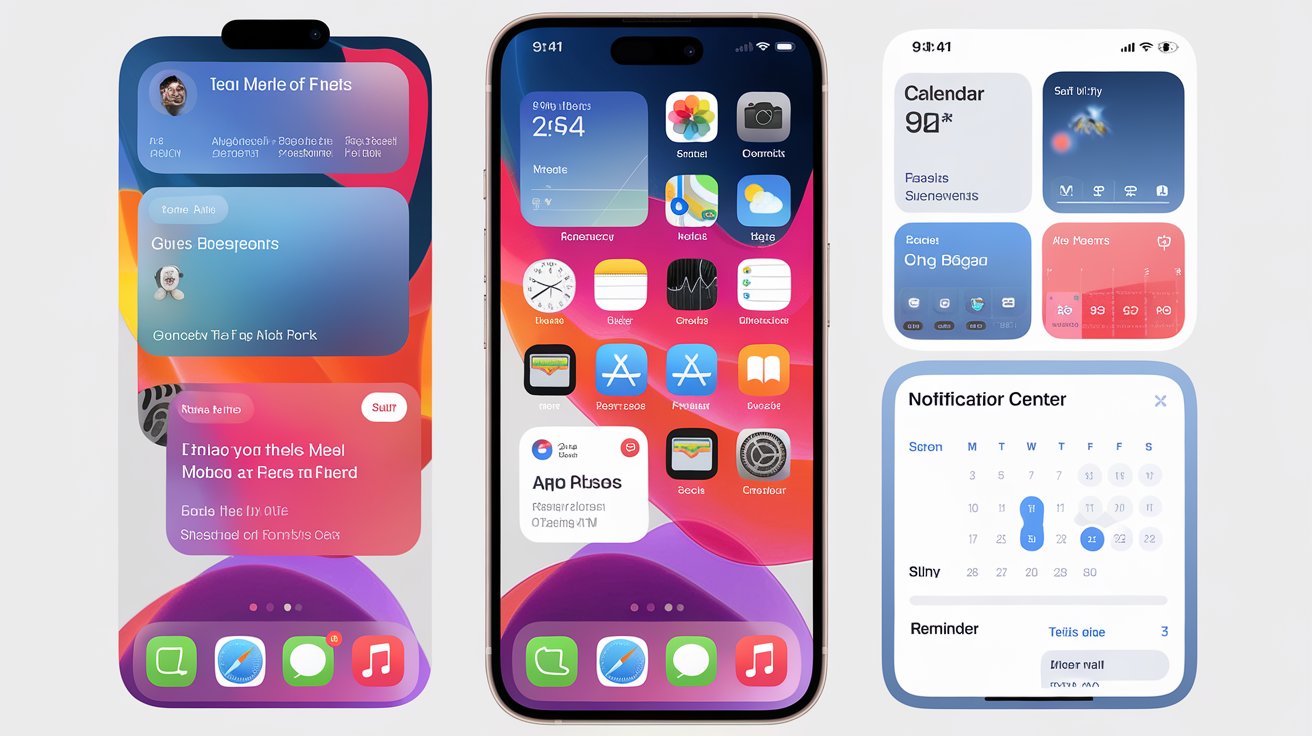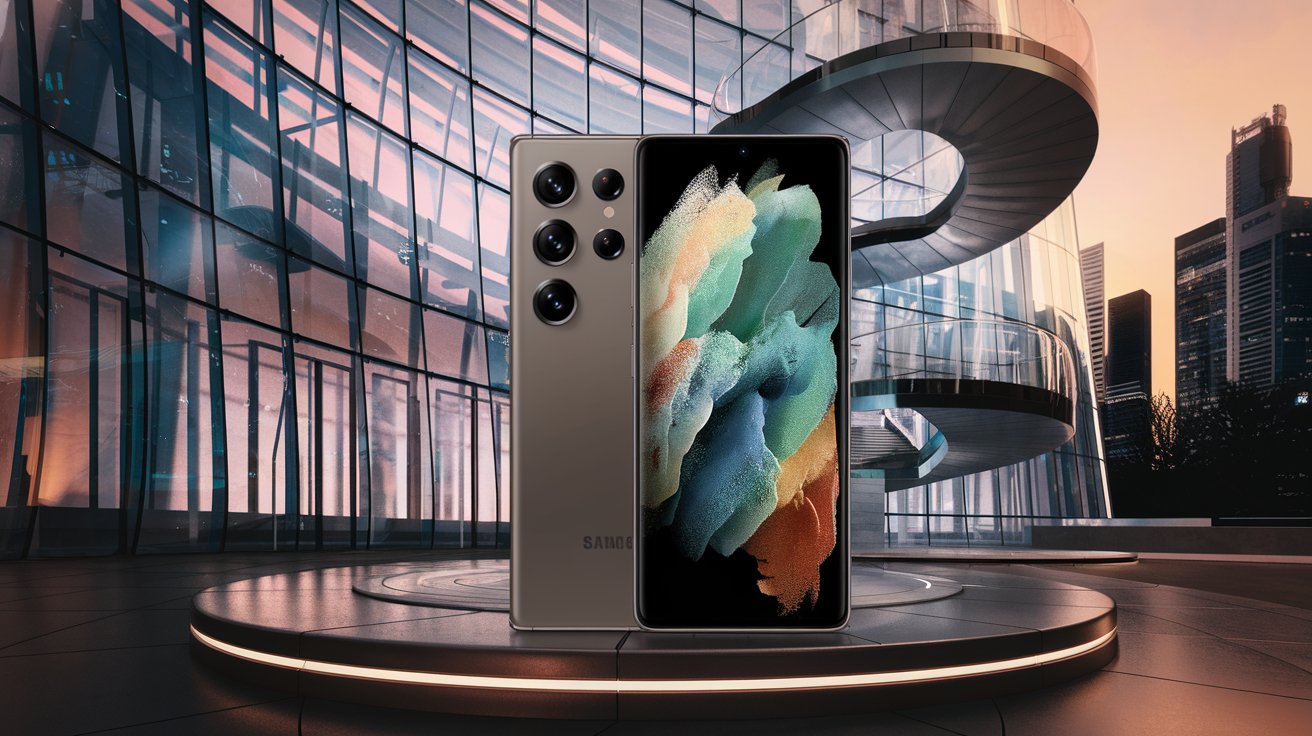It’s amazing to watch how inventions continue to change our everyday lives at a time when technology is advancing at a dizzying rate. Disc Mobile technology, which holds the potential to completely transform mobile technology, is one such innovative breakthrough. This blog explores disc-based mobile solutions, their advantages, possibilities, and the technology developments that enable them. Fasten your seatbelt for an insightful voyage into the future of mobile technology.
Understanding Disc Mobile Technology
What is Disc Mobile Technology?
Disc Mobile technology is an innovative approach to mobile technology that integrates the compact and efficient design of disc-based storage with the versatility and power of modern smartphones. Unlike traditional smartphones that rely heavily on solid-state drives (SSDs) or cloud storage, this new technology utilizes advanced optical disc technology to store and retrieve data.
The Evolution of Mobile Storage
To appreciate the significance of this advancement, it’s essential to understand the evolution of mobile storage. Mobile devices have transitioned from using bulky hard drives to slim SSDs and now, to the emerging optical disc technology. This evolution has been driven by the need for more storage capacity, faster data access, and improved energy efficiency.
Key Features of Disc Mobile Technology
Superior Storage Capacity
Storage capacity is one of the most appealing aspects of disc-based mobile systems. When compared to conventional SSDs, the optical discs employed in these devices have a far larger capacity for data storage. Thus, without sacrificing speed, users may have more room for their programs, pictures, videos, and documents.
Enhanced Durability
Optical discs are known for their durability and longevity. Unlike SSDs, which can degrade over time, the storage medium in disc-based mobile solutions is resistant to wear and tear. This makes it an ideal choice for users who require a reliable and long-lasting mobile device.
Energy Efficiency
Energy efficiency is a design feature of mobile solutions based on discs. This technology consumes less power compared to traditional storage solutions, extending battery life and reducing the environmental impact of mobile devices. This energy efficiency is a significant advantage for users who are constantly on the go and need their devices to last longer between charges.
High-Speed Data Access
The idea that optical discs are slower than SSDs is widely disregarded, as disc-based mobile solutions use cutting-edge technologies to guarantee fast data access. Ensuring seamless performance for users is achieved through enhanced read/write methods and optimized data retrieval operations.
The Technology Behind Disc Mobile
Optical Disc Technology
Advanced optical disc technology lies at the core of these transportable systems. Lasers are used by these discs to read and write data, making them a reliable and effective storage option. Increased data densities and increased storage capacity are now achievable without expanding the physical dimensions of the disks because of developments in laser technology.
Innovative Data Compression
To optimize storage efficiency, disc-based mobile systems also make use of cutting-edge data compression methods. These algorithms make sure that performance and quality are maintained when data is stored in the smallest possible format. This implies that consumers won’t have to constantly maintain or remove files from their devices, allowing them to store more data.
Integration with Mobile Hardware
It takes a great deal of engineering creativity to incorporate optical disc technology into mobile devices. Disc-based mobile solutions have specially made hardware that integrates optical discs into modern cellphones’ small form factors. Data interfaces, power management systems, and specialist disc drives fall under this category.
Benefits of Disc-Based Mobile Solutions for Users
Increased Storage Space
One of the most obvious benefits of these mobile solutions is the increased storage space. Users no longer need to worry about running out of space for their apps, photos, and videos. This is particularly beneficial for users who create or consume a large amount of multimedia content.
Improved Device Longevity
With its durable and long-lasting storage medium, these mobile solutions offer improved device longevity. Users can expect their devices to perform optimally for longer periods, reducing the need for frequent upgrades and contributing to a more sustainable technology ecosystem.
Energy Savings
Users can save a large amount of energy thanks to the energy-efficient architecture of disc-based mobile solutions. Furthermore, longer battery life for customers also means that their gadgets are more dependable and practical for daily use, which is good for the environment.
Enhanced User Experience
It offers a greater user experience because of its vast storage capacity and fast data access. Better multitasking, quicker app launches, and more room for users’ favorite content all make for a more pleasurable and effective mobile experience.
Potential Applications of Disc-Based Mobile Solutions
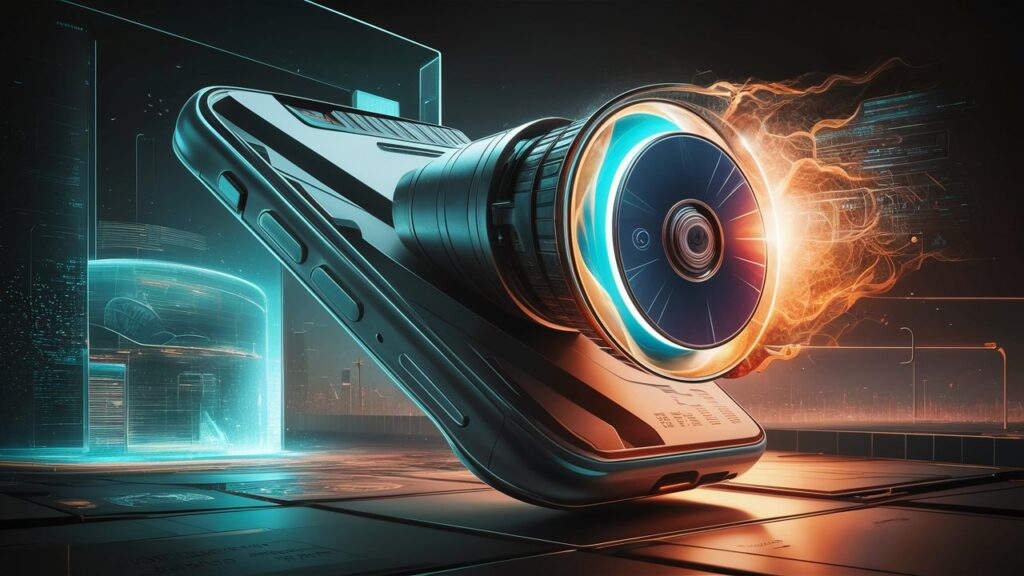
Personal Use
This system has several advantages for personal use. These devices offer a reliable answer for regular mobile computing requirements, ranging from storing sizable multimedia libraries to guaranteeing smooth operation for productivity and gaming apps.
Professional Use
In professional settings, these mobile solutions can revolutionize the way we use mobile devices. Professionals who rely on mobile devices for work, such as photographers, videographers, and graphic designers, will particularly benefit from the increased storage capacity and high-speed data access.
Educational Use
Disc-based mobile solutions also hold great potential in educational settings. Students and educators can benefit from the vast storage capacity, allowing them to store and access educational materials, multimedia resources, and research data without the constraints of traditional storage limitations.
Healthcare Use
In the healthcare sector, where data storage and accessibility are critical, these mobile solutions can provide a reliable and efficient solution. Healthcare professionals can store and access large volumes of patient data, medical records, and imaging files with ease, improving the efficiency and effectiveness of patient care.
You may read: PS5 Pro: Ultimate Gaming Experience With Next-Gen Technology
Challenges and Considerations
Cost
The cost of disc-based mobile technology is one of the main obstacles to its adoption. Mobile devices that incorporate advanced optical disc technology may end up costing more than smartphones due to the high cost of integration. However, costs should go down as technology advances and economies of scale take effect.
Compatibility
Ensuring compatibility with existing software and hardware ecosystems is another challenge. Developers will need to update their apps and services to take full advantage of the unique capabilities of disc-based mobile solutions. Additionally, users may face initial compatibility issues with older accessories and peripherals.
Market Acceptance
The market’s approval of a new technology is important, just like any other. Users and industry participants must be persuaded of the advantages of mobile solutions based on discs and be prepared to make financial investments in the technology. The secret to achieving broad adoption of the technology will be efficient marketing, instruction, and presentation of its benefits.
The Future of Disc-Based Mobile Solutions
Ongoing Research and Development
The future of disc-based mobile technology is promising, with ongoing research and development efforts aimed at further improving the technology. Furthermore, advances in laser technology, data compression, and integration techniques will continue to enhance the performance and capabilities of these mobile devices.
Broader Adoption
As the technology matures and costs decrease, we can expect broader adoption of disc-based mobile solutions. This includes not only individual consumers but also businesses, educational institutions, and healthcare providers who can benefit from the unique advantages of this innovative technology.
Integration with Emerging Technologies
Mobile solutions that are based on discs are probably going to be integrated with other cutting-edge technologies like 5G connection, the Internet of Things (IoT), and artificial intelligence (AI). With this integration, disc-based mobile solutions will become even more powerful and useful, laying the groundwork for future advancements in mobile technology.
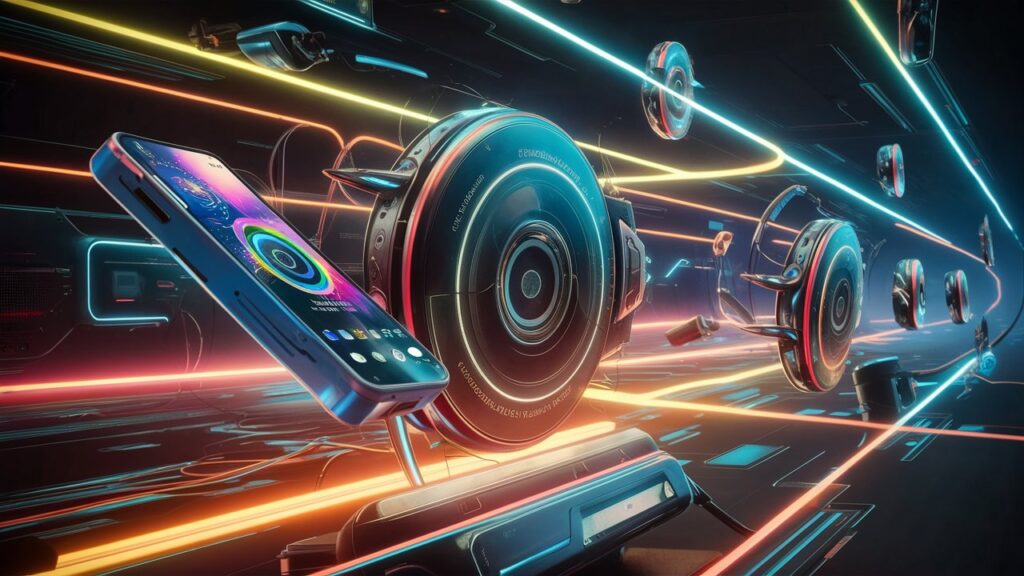
Conclusion
Disc-based mobile solutions, with their unparalleled performance, durability, energy economy, and storage capacity, mark a major technological advance. Additionally, even though there are obstacles to be solved, this technology has enormous potential advantages, therefore in the years to come, it will be interesting to observe. We anticipate a time when mobile devices will be more potent, effective, and capable than ever before as research and development continue.
Frequently Asked Questions
What is Mobile DiSC?
Mobile DiSC refers to the application of the DiSC personality assessment tool on mobile devices. Furthermore, DiSC an acronym for Dominance, Influence, Steadiness, and Conscientiousness, is a behavioral assessment tool used to improve work productivity, teamwork, and communication. A mobile DiSC app allows users to take the assessment, view their results, and access related resources on their smartphones or tablets.
What is a DiSC App?
A DiSC app is a digital application that facilitates the use of the DiSC personality assessment tool. These apps typically allow users to:
- Take the DiSC assessment.
- View personalized reports and insights.
- Access resources for personal development.
- Track progress over time.
- Engage in training and development activities based on their DiSC profile.
DiSC apps are used by individuals and organizations to enhance communication, collaboration, and understanding within teams.
How Many GB is a Disc?
The storage capacity of optical discs varies depending on the type:
- CD (Compact Disc): Typically holds up to 700 MB (0.7 GB).
- DVD (Digital Versatile Disc): Usually holds between 4.7 GB (single-layer) and 8.5 GB (dual-layer).
- Blu-ray Disc: This can hold up to 25 GB (single-layer) or 50 GB (dual-layer), with some newer formats reaching up to 100 GB or more.
What is Disc Used For?
Discs are used for various purposes, including:
- Data Storage: Storing digital files such as documents, photos, and videos.
- Media Playback: Distributing and playing movies, music, and software.
- Backup: Creating backups of important data for archiving and recovery purposes.
- Software Distribution: Distributing software and games.
- File Sharing: Transferring files between computers or other devices.
What is a Disc Device?
A disc device, often referred to as an optical disc drive, is a hardware component that reads and writes data to optical discs. These devices include:
- CD Drives: For reading and writing CDs.
- DVD Drives: For reading and writing DVDs.
- Blu-ray Drives: For reading and writing Blu-ray discs.
Computers, gaming consoles, and media players commonly include disc devices.
How Do Discs Work?
Discs work by using a laser to read and write data:
- Reading Data:
- The disc is inserted into the drive.
- A laser beam scans the surface of the spinning disc.
- The disc surface contains pits and lands that reflect the laser differently.
- The drive interprets the reflections as binary data (0s and 1s) and processes this data to read the stored information.
- Writing Data:
- The drive uses a more powerful laser to alter the surface of a recordable disc.
- The laser creates pits and lands on the disc surface to encode data.
- The controller ensures accurate data recording through precise management of the process.
Moreover, people widely use optical discs and their drives for data storage, media distribution, and backup due to their relatively low cost and high capacity.

